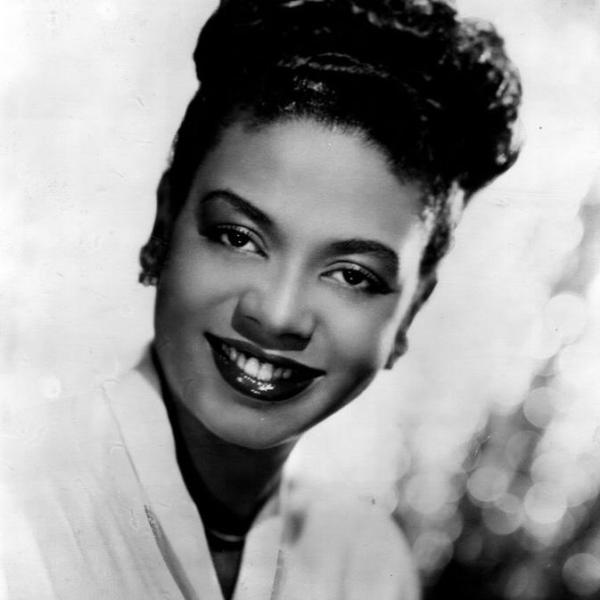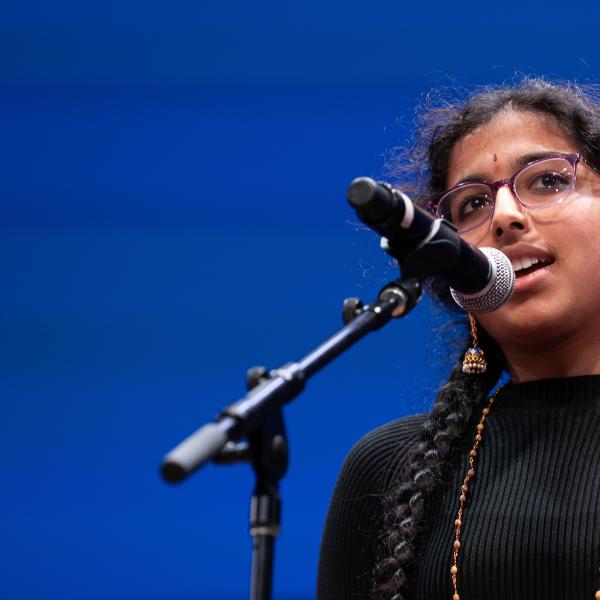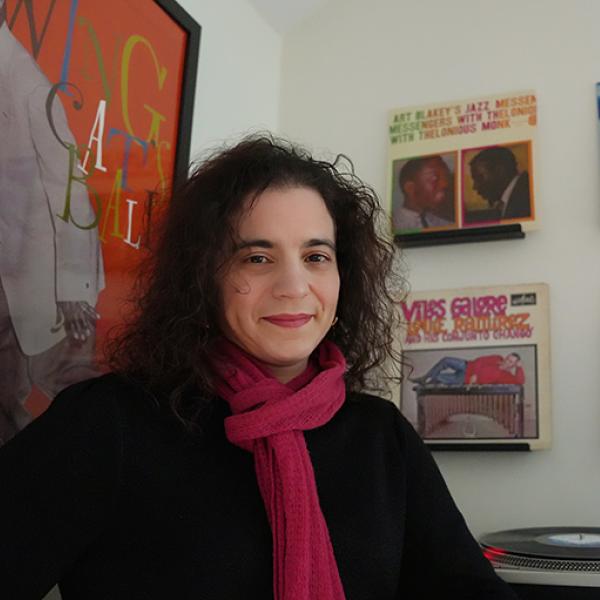Checking in with @NEAJaneChu

As I get to the end of my first quarter as NEA Chair, I’ve been thinking about how the arts foster creativity for the current generation of arts leaders, and also what we need to foster creative leadership for future generations. What defines a creative leader? What skill sets does that person need? What can we do to ensure that our young people become creative leaders no matter what fields they work in?
We live in a world filled with constant change, with new information flying toward us from multiple directions simultaneously. Everyone has an opinion, and everyone wants that opinion heard. We need creative leaders who will sort through and bring together these disparate pieces, and who will find new solutions to bridge opposing perspectives. For me, and likely for many of you, art has always been the key piece in building new paths toward this common ground.
To leaders in creative fields, this is more than a job description: it’s an opportunity. We have an opportunity to provoke, create, and inspire. We have an opportunity to ourselves to be lifelong learners, so that we will not be boxed in by the same old arguments. We have an opportunity to stand in the midst of different perspectives, without shrinking back. To provide a working environment that allows creative people to generate new insights and solve old problems in new ways. To embolden creativity in others and pay attention to fresh approaches and ways of thinking.
Creative leaders need to be able to stand in the middle of ambiguity and different perspectives. But they also have a responsibility to bring people together and communicate the vision, especially when the vision is a new idea that may be unconventional, or hasn’t been done before.
Whether we’re aware of it or not, the arts are a constant influence in the world around us. They revitalize communities, and they strengthen our economy. They open our minds to new ideas, and provide each of us with a greater sense of meaning, place, and purpose.
Which is why arts education is more than just teaching students how to apply paint to canvas, or how to finger a B-flat on a trumpet. It’s about empowering the creativity that is valuable to communicating a certain thought or image. It’s about the discipline that comes from rehearsing lines for the school play, or the teamwork that comes from playing in youth ensembles. In other words, it’s about giving students the tools that draw out their own creativity, which in turn, elevates their ability to lead a successful life. It’s about creating future leaders.
What do you think defines a creative leader? Share with us your thoughts on the relationship between the arts and creative leadership in the comments section.




